Orange Spice Tea Soap Recipe for Seasonal Homemade Winter Gifts

Learn how to make orange spice tea soap with this cold process soap recipe. This hydrating homemade soap is formulated to nourish and care for dry, winter skin. Make it for the holidays or for everyday winter skin care.
If hot orange spice tea is one of your favorite winter luxuries, then this orange spice tea soap recipe should be on your weekend to do list! Scented with a blend of juicy seasonal oranges and zesty spices, this moisturizing homemade soap recipe nourishes dry winter skin while enveloping you with its warm, enticing fragrance.
Oranges. The Seasonal Winter Fruit.
Oranges are a common gift throughout the holiday season. They’re also the most affordable during the winter months. The reason? Oranges are actually a seasonal winter fruit. Everything from blood oranges to kumquats to clementines are picked during the winter months when they are both the sweetest and the juiciest.
So why not add some warm and cozy spices for the perfect cold weather comfort scent? Following is my tutorial for making DIY orange spice tea soap. Made with nourishing soapmaking oils and butters, like walnut oil and cocoa butter, this homemade soap recipe is scented with an orange spice tea fragrance oil from Symphony Scents. While the rustic color is derived from natural turmeric powder.
Keep reading to learn how to make your own homemade soaps for your family this winter or to give as seasonal or hostess gifts.
Orange Spice Tea Soap Recipe
Ingredients:
.8 oz. castor oil (5%)
1.6 oz. cocoa butter (10%)
3.2 oz. refined coconut oil (20%)
6.4 oz. pomace olive oil (40%)
4 oz. walnut oil (25%)
5.25 fl. oz. distilled water
2.15 oz. lye/sodium hydroxide
.4 oz. orange spice tea fragrance oil
.2 oz. (1 Tablespoon) turmeric powder
Instructions:
You should always take necessary safety precautions when working with lye. This includes wearing eye protection and gloves as well as ensuring none of your containers or utensils are made from aluminum. If you’ve never made cold process soap, I recommend starting with a beginner cold process soap recipe. Otherwise, you’ll follow my basic cold process soapmaking tutorial when making my orange spice tea soap recipe.
This homemade soap recipe has a 33% water discount and 6% superfat and creates six low cleansing, high conditioning soap bars.
Begin my measuring out the distilled water in fluid ounces in a heat safe container. Then using a digital scale (I recommend this Bakers Math Scale) weigh out the lye. Slowly pour the lye into the water and stir until it has completely dissolved. Set aside to cool.
Next, weigh out the soapmaking oils and combine in a stainless steel pot or heat safe container. Heat on the stove top or at reduced power in a microwave or crock pot until melted. Remove from heat, then set aside to cool.
Once the lye-water and soapmaking oils reach about 90°-95°F, you’re ready to make soap!
Weigh out the turmeric powder and mix into the soapmaking oils using an immersion or stick blender.
Then slowly pour the lye-water into the soapmaking oils and mix with your stick blender until you reach a light trace.
Weigh out the fragrance oil and add to the soap batter. Then continue mixing to fully incorporate the scent. Once you reach a medium to heavy trace, pour the soap batter into a silicone mold of your choice. (I used this gingerbread man mold.)
Cover the mold with plastic cling wrap if desired, then set aside in a safe location where it won’t be disturbed.
Your orange spice tea soaps should be ready to unmold 24-48 hours later.
Once you’ve unmolded your homemade soaps, set them aside in a cool location for a minimum of four weeks to cure. Then wrap and label as desired for personal use or gifting.
If you’re planning to sell your orange spice tea soaps, you’ll need to label them according to FDA guidelines. If you’re not sure how to label your homemade soaps, I highly recommend the book, Soap and Cosmetic Labeling: How to Follow the Rules and Regs Explained in Plain English, by Marie Gale.
Discover more of my homemade soap recipes and tutorials, be sure to follow my Simply Soapmaking Pinterest board and my DIY Bath and Body Pinterest board. You can also find and follow me on Facebook, Twitter, and Instagram. Or subscribe to Soap Deli News via email for future updates, DIY projects and recipes.
Enjoyed the project?
Suggested materials:
- Sodium hydroxide
- Fragrance oil
- Turmeric powder
- Cocoa butter
- Coconut oil
- Pomace olive oil
- Walnut oil
- Distilled water
The author may collect a small share of sales from the links on this page.

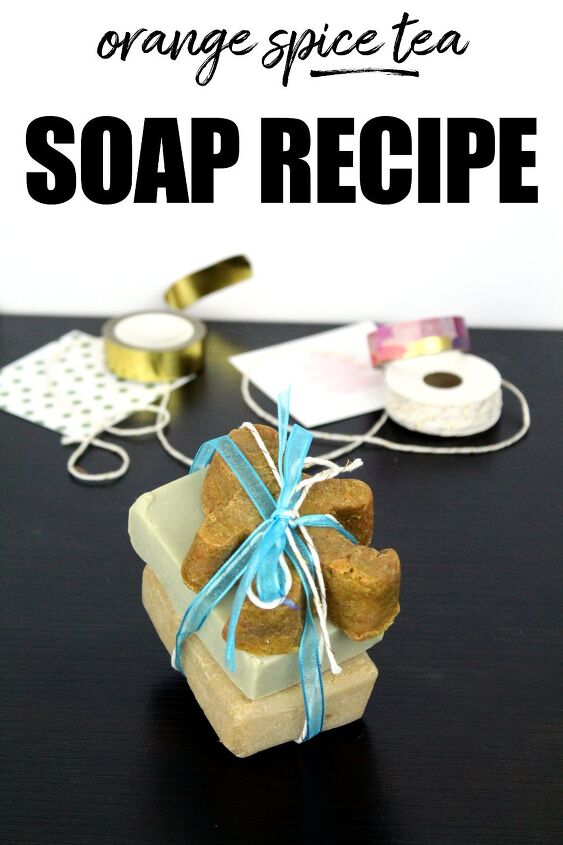








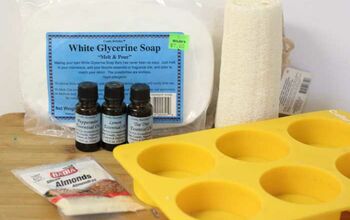

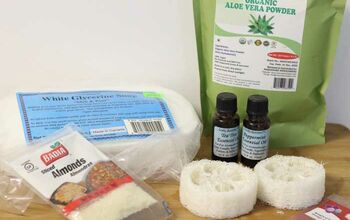

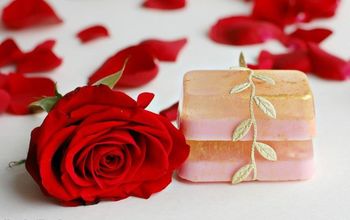

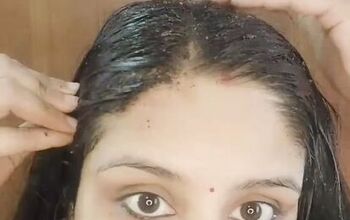

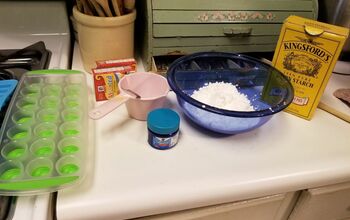
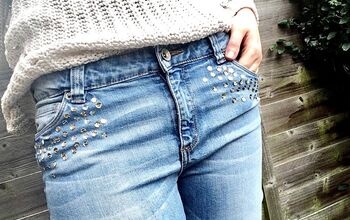

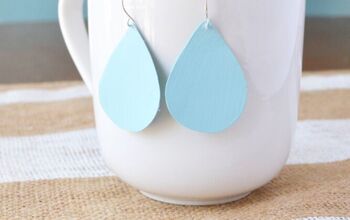


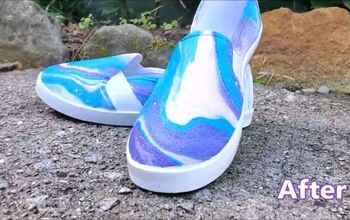
Comments
Join the conversation